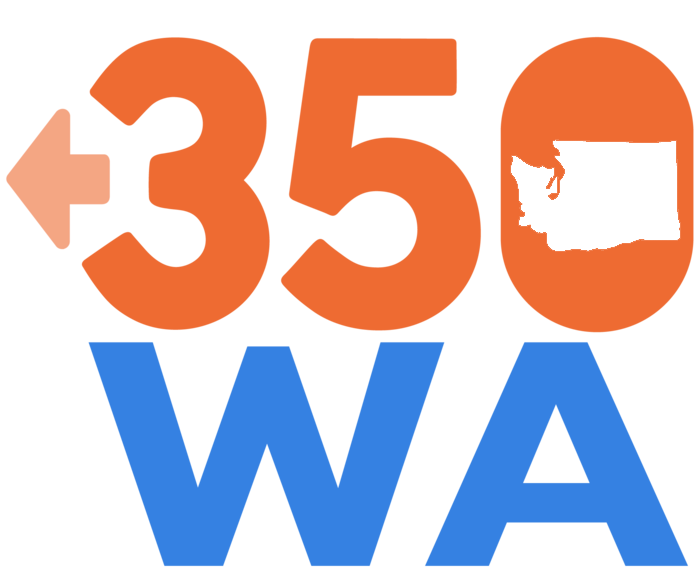How policy gets made in Washington state
The policy process is shrouded in mystery to the average citizen. Here, we hope to shed some light on that process and explain how policy is made in Washington.
The basics
Similarly to the federal government, state legislatures, including Washington’s, are split into a House and Senate.
Each of the 49 districts in WA is represented by one senator and two state representatives. Senators are elected every four years and representatives every two.
The primary purpose of the legislature is to pass laws and three types of budgets: Capital, Operating, and Transportation. Budgets are only passed in odd-numbered years when the legislature has a longer session.
It is often a lengthy process for a bill to become a law. Bills start out as ideas that are then drafted more formally by state agencies, the governor, special interest and advocacy groups, citizens, or lawmakers. Once a bill is sponsored by a lawmaker it can start on its way to potentially becoming a law.
Only 1 in 7 bills passes and becomes law!
The bill process
The sponsor of a bill first introduces the bill and it is then referred to the relevant committee for a hearing. Legislative committees cover a range of policy areas from Environment & Energy to Public Safety.
During a hearing, stakeholders and members of the public can give their opinions on the bill. If the bill passes a vote in a policy committee, it moves on to a fiscal committee (if it involves revenue or spending) and then ultimately to the Rules Committee, which controls whether or not the bill will advance to be voted on by the entire chamber (house or senate). If it passes the floor vote, it then “crosses” to the second chamber.
The bill goes through a similar process in the second chamber.
Often, amendments are added and debated on as the bill moves through committees and chambers. If the bill passes both chambers, it finally moves to the governor’s desk. The governor can then either sign, veto, or partially veto the bill. The legislature, however, can override a veto with a ⅔ majority.
Summary:
First chamber (house or senate)
Policy committee → Fiscal committee → Rules committee → Floor vote
Second chamber
Policy committee → Fiscal committee → Rules committee → Floor vote
Governor's desk
Join our people-powered team fighting for climate legislation in Washington state
During the legislative session in January–March, we’ll send you two easy-access Civic Action Team emails per week to push for essential legislation.
